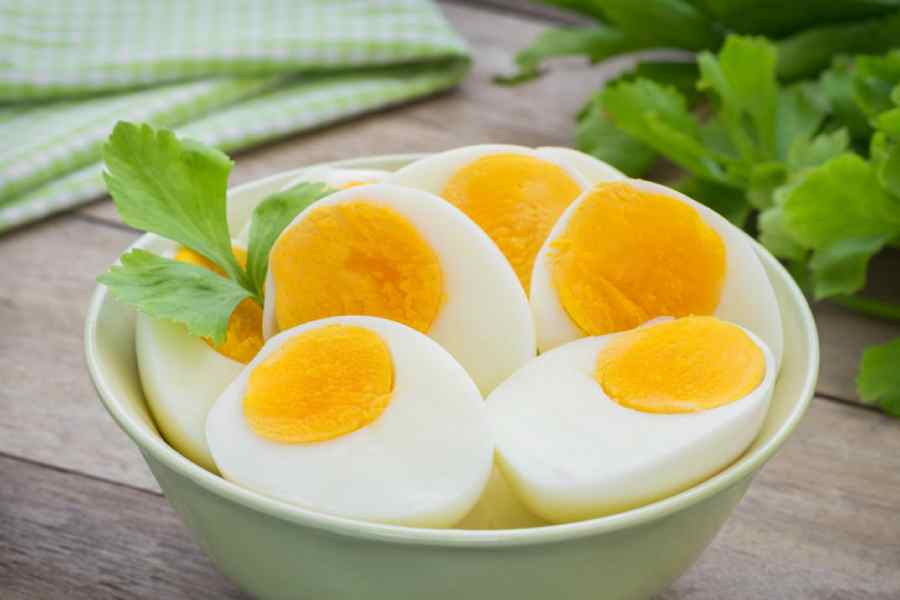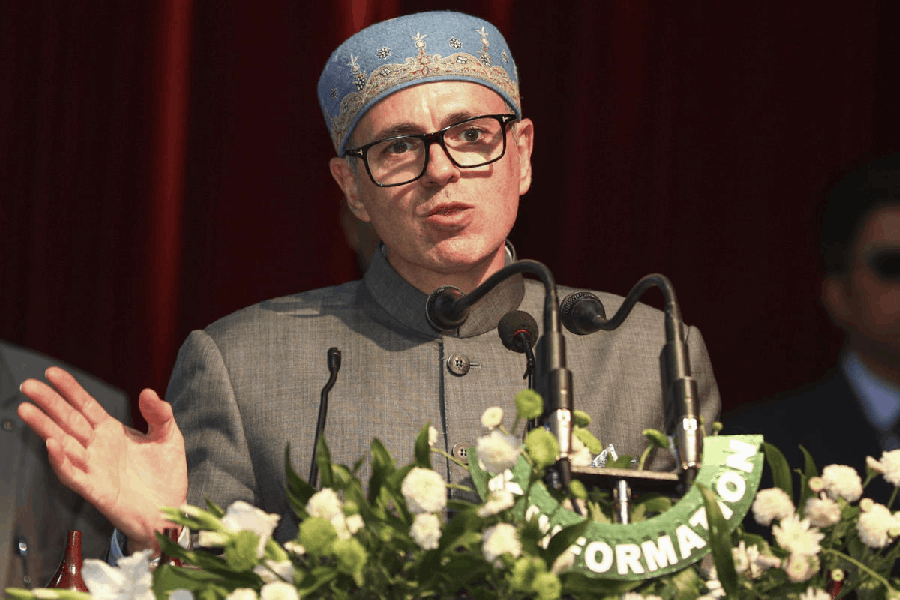Scientists may have cracked the secret to the perfect boiled egg, showing that the “egghead” can sometimes leave the chef with egg on his face.
Italian researchers on Thursday unveiled a method said to optimally cook both the white and the yolk of boiled eggs, outperforming conventional methods that produce hard-boiled, soft-boiled and sous vide eggs (those cooked under gentle heat for over an hour).
Eggs contain essential nutrients fundamental to human nutrition. Boiling eggs has, however, long been regarded as a culinary challenge because the egg white and the yolk have different compositions and require different temperatures for optimal
cooking.
Egg white cooks at 85°C and the yolk at 65°C. Conventional hard boiling at around 100°C results in the yolk being fully set, while soft-boiled eggs show a lower, non-uniform texture in almost all parts but those adjacent to the shell.
In the 1970s, a French chef, Bruno Goussault, began experimenting to learn how low-temperature water baths impact egg proteins, leading to the sous vide cooking method in which eggs are immersed in 60°C to 70°C water for an hour. But this leads to both the white and the yolk acquiring a creamy texture, leaving the white undercooked.
Now, materials scientists Pellegrino Musto and Ernesto Di Maio and their colleagues in Italy have used mathematical modelling of the insides of eggs and computer simulations to develop a novel method that they call “periodic cooking”.
In this method, the raw egg is alternatively placed in hot water and cold water for relatively short periods, the cycle repeated until both the yolk and the white are cooked. The scientists say that periodic cooking takes about 32 minutes.
In the conventional methods, eggs experience a monotonic rise in temperature. But in periodic cooking, the centre of the yolk reaches a stationary state while the egg white alternatively sees temperatures switching from 100-87°C to 30-35°C.
“This peculiar thermal profile allows for optimal cooking of the egg in all its parts,” the scientists have said, describing their research in the journal Communications Engineering.
The result is an egg whose “yolk is most similar to that cooked at a constant temperature of 65°C and whose white is most similar to that cooked at 100°C”.
“The idea came to us when Ernesto was talking with a friend on fancy ways to cook eggs,” Musto told The Telegraph via email.
“He mentioned some very complicated and expensive methods developed by top chefs. The problem is primarily to impose a precisely controlled temperature gradient within the egg. This is something we know how to do.”
The scientists also analysed the nutrients in the eggs and found that eggs boiled through periodic cooking had higher levels of amino acids and health-friendly compounds called polyphenols than those cooked conventionally.
Musto said the superior nutrient profile of eggs made through periodic cooking was an “unexpected” finding. “We are investigating the possible causes,” he said.
One possible explanation is the likely degradation of certain bioactive molecules at high temperatures.
The scientists say their research on eggs may have applications for other culinary ventures, and in the field of materials sciences outside the kitchen.










